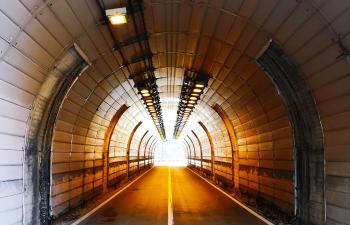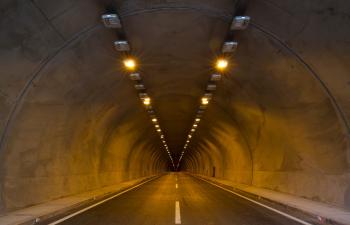The future of technology in construction risk management.
The construction industry is one of the most high-risk sectors in terms of safety. Construction sites are full of hazards, such as falls, electrocution, and other potential risks. As a result, risk management is a top priority for construction companies, and technology is increasingly important in reducing construction risk. In this article, we will discuss the future of technology in construction risk management.
Drones
Drones are increasingly used in construction sites to monitor and inspect the work site from a bird's-eye view. They can quickly identify potential safety hazards and can be used to map the construction site, enabling risk managers to identify areas that require additional safety measures. Drones can also be used to survey the site before construction begins, allowing risk managers to identify potential safety hazards before work begins.
Building Information Modeling (BIM)
Building Information Modeling (BIM) is a technology that allows construction professionals to create a digital model of the building before construction begins. This model can identify potential safety hazards and simulate the construction process to identify and mitigate risks before they occur. BIM can also be used to track construction progress and identify potential delays or cost overruns, enabling risk managers to take action before these issues become major problems.
Internet of Things (IoT)
Internet of Things (IoT) devices such as sensors and cameras can be used to monitor and collect data on construction sites. This data can be analyzed to identify potential safety hazards and to track worker behavior to ensure that safety protocols are being followed. IoT devices can also be used to monitor equipment and machinery, identifying potential maintenance issues before they cause an accident or delay.
Artificial Intelligence (AI)
Artificial Intelligence (AI) can be used to analyze large data sets and identify potential safety hazards before they occur. For example, AI algorithms can be trained to analyze worker behavior and identify patterns that may indicate a risk of injury. AI can also be used to monitor equipment and machinery, identifying potential maintenance issues before they cause an accident or delay.
Augmented Reality (AR)
Augmented Reality (AR) can create a virtual simulation of construction sites, allowing workers to practice safety procedures and identify potential hazards before entering the site. AR can also provide workers with real-time information about potential hazards, such as areas that are off-limits or hazardous materials.
Virtual Reality (VR)
Virtual Reality (VR) can be used to create immersive simulations of construction sites, allowing workers to practice safety procedures and identify potential hazards in a realistic environment. VR can also train workers on complex or dangerous tasks, such as working at heights or operating heavy machinery.
Conclusion
In conclusion, the future of technology in construction risk management is promising, with a range of emerging technologies that can help mitigate risk and improve safety in construction projects. Drones, BIM, IoT, AI, AR, VR, robotics, and wearable technology are likely to play a significant role in the future of construction risk management.


